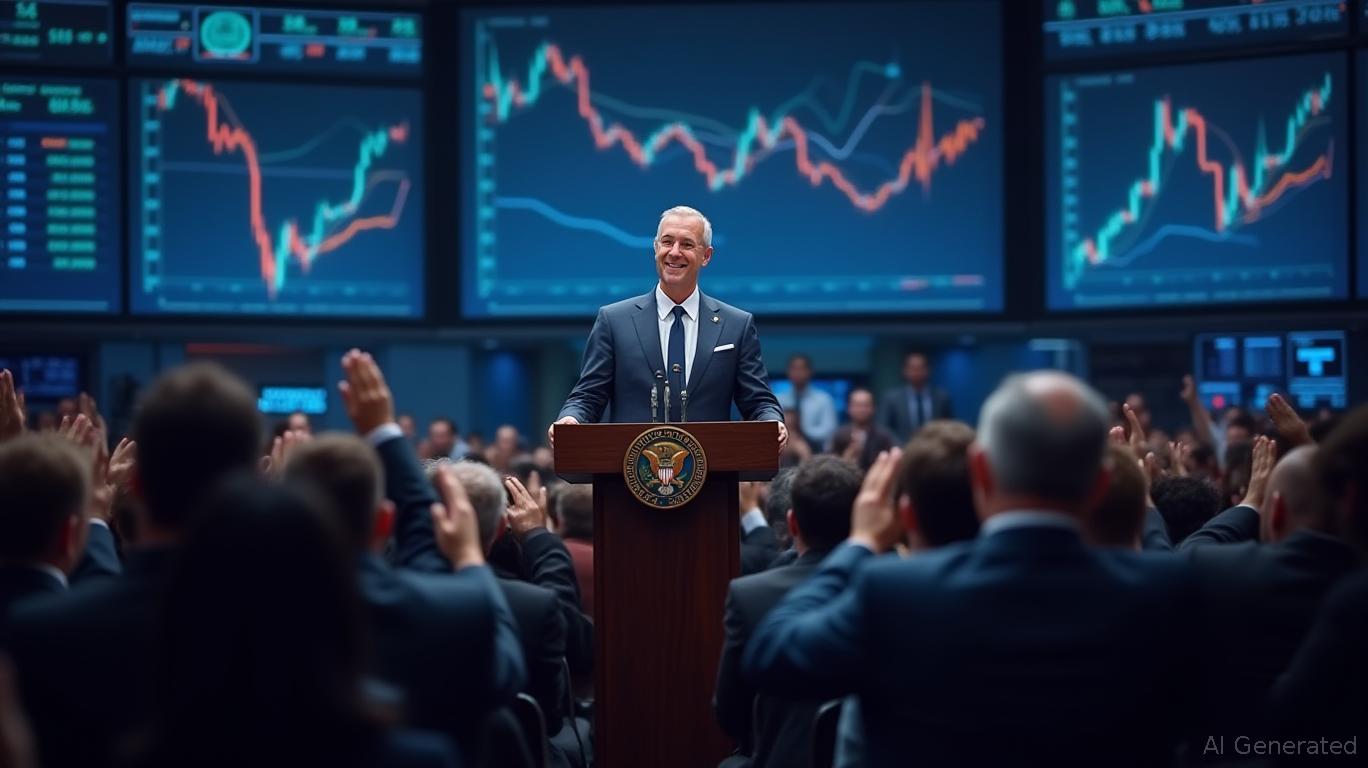SEC’s Broad Regulations Ignite Crypto ETF Boom, Increasing Access to Altcoins

The U.S. Securities and Exchange Commission (SEC) has granted approval for the Hashdex Nasdaq Crypto Index US ETF (NASDAQ: NCIQ) to broaden its portfolio by adding more cryptocurrencies. This expansion moves beyond
Under this new system, eligible ETFs can skip individual reviews if they satisfy requirements such as being listed on a regulated exchange, having futures contracts overseen by the CFTC, or mirroring an existing ETF with direct crypto exposure [4]. This regulatory shift has triggered a surge in applications, with asset managers gearing up for a wave of new products. Steven McClurg, founder of Canary Capital Group, stated, “We currently have about a dozen applications with the SEC, and more are on the way,” predicting a “boom period” for crypto ETFs in the fourth quarter of 2025 [1]. Industry experts anticipate that ETFs tracking XRP and Solana could launch as soon as October 2025 [3].
The expansion of the Hashdex ETF signals increasing institutional trust in alternative cryptocurrencies. Nate Geraci of NovaDius Wealth Management pointed out that the fund offers “wider access to a variety of crypto assets” [4]. The addition of XRP and Solana comes after recent regulatory milestones, such as the successful debut of the REX-Osprey XRP ETF, which saw $37.5 million in trading volume on its first day [5]. Firms like Franklin, 21Shares, and Canary are also preparing similar XRP-centric ETFs, with the SEC facing a crucial decision deadline in October for outstanding applications [5].
Despite these advancements, some market observers remain cautious about the appetite for altcoin ETFs. Kyle DaCruz of VanEck cautioned that “a flood of tokens unfamiliar to many investors will enter the market,” highlighting the importance of investor education [8]. The SEC’s streamlined approach has drawn parallels to past ETF trends: when generic listing standards were introduced for equities and bonds in 2019, the annual number of U.S. ETF launches rose from 117 to over 370 [9]. The crypto sector could see similar expansion, with Grayscale’s CoinDesk Crypto 5 ETF (GDLC.P) already utilizing the new guidelines to add XRP, Solana, and
The SEC’s broader policy shift has implications beyond just the Hashdex ETF. The adoption of generic standards reflects a global movement toward clearer crypto regulation, such as Europe’s MiCA framework, which unified rules across the EU in late 2024 [10]. In the U.S., the transition from enforcement-driven oversight to a more relaxed regulatory stance—referred to as “Project Crypto” by SEC Chair Paul Atkins—marks a turning point for institutional involvement. Bitwise’s Teddy Fusaro described the change as “a milestone for the crypto industry,” noting that the updated rules “eliminate the final barrier to dozens of new spot ETFs linked to cryptocurrencies from Solana to Dogecoin” [7].
Although immediate attention is on XRP and Solana, the future performance of these ETFs will be shaped by market forces. The aggressive buyback strategy of the PUMP token, while unrelated, demonstrates how tokenomics can sway investor attitudes [6]. For altcoin ETFs, however, the main challenge will be to foster innovation while maintaining regulatory transparency. As DaCruz remarked, “Unlike Bitcoin, where education took years, there will only be weeks or months to inform investors” [8].